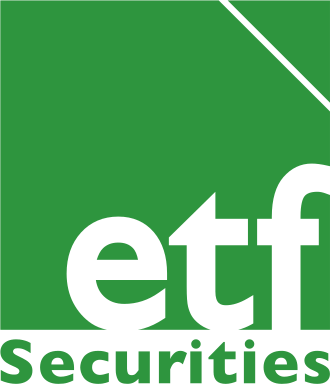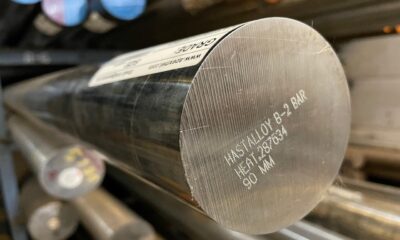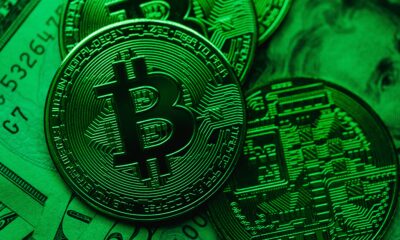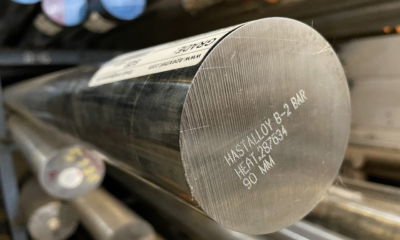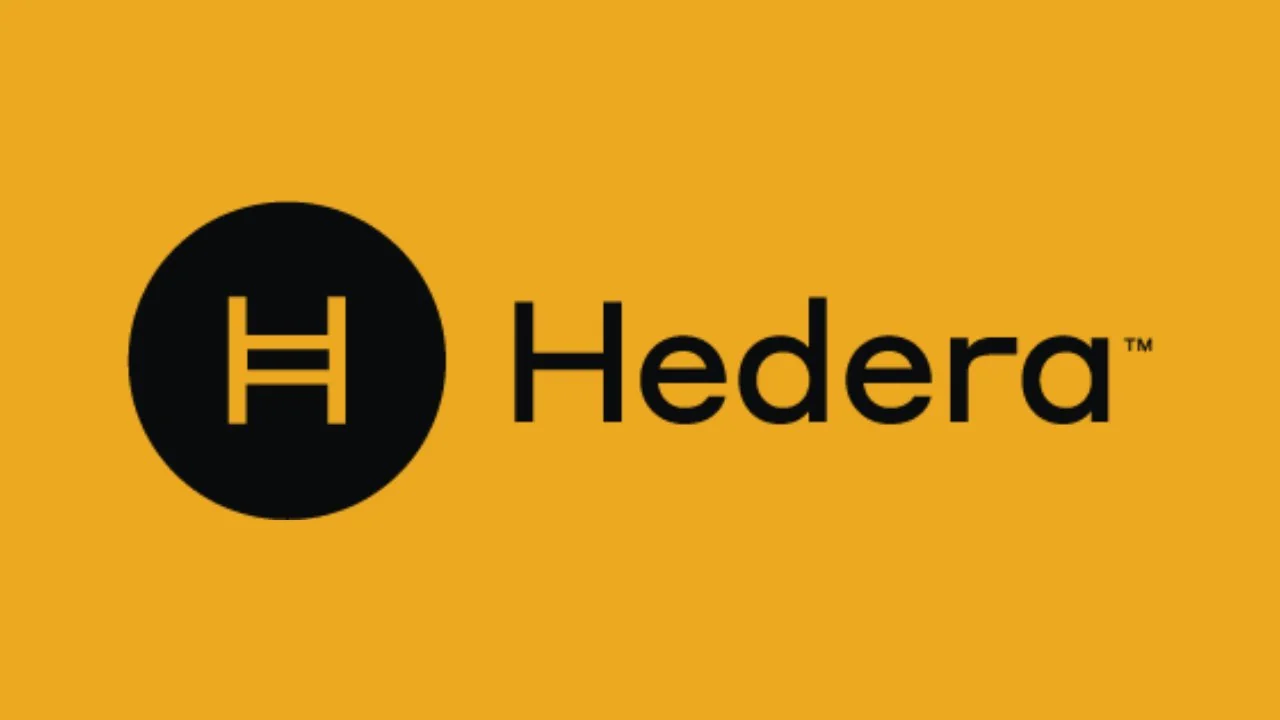ETF Securities Commodities Research: Nickel – Electrification may boost demand
Highlights
- Nickel demand continues to outstrip supply.
- China’s shift to quality rather quantity may help nickel demand.
- Mine closures in Philippines constrain supply.
- Electrification of vehicles likely to continue to increase demand for nickel in battery usage.
Industrial metals as a group have staged a recovery since 2016, following five consecutive years of decline between 2011 and 2015. Although zinc is the only metal to have recovered its losses (in nominal, not real terms) since 2011, the Bloomberg Commodity index has rallied 65% since it hit a trough at the beginning of 2016. Nickel is the furthest away from 2011 prices, despite having risen 77% from its 2016 lows (source: Bloomberg). We believe that there is further potential for price gains amid structural changes in demand and supply.
Supply deficit
Mine supply has been unable to keep up with demand in recent years as miners cut back on investment during the period of weak prices. According to the UN International Nickel Study Group, primary nickel production will fall short of primary nickel usage by 148,000 tonnes (8.7% of demand) in 2018, marking the third consecutive year of a supply deficit in the metal.
Steel production forecast to grow
According to the International Stainless Steel Forum, steel production in 2017 grew by approximately 5% and is forecast to grow by around the same rate in 2018. Steel production accounts for the lion’s share of nickel consumption (67%).
China’s focus on environment
Nickel Pig Iron (NPI), a low-grade ferronickel primarily produced in China (for domestic usage), has experienced strong growth in recent decades as China’s urbanisation and construction boom has boosted demand for the metal. However, NPI production fell in 2016 and 2017 and China’s focus on better environmental outcomes could reduce its reliance on NPI in favour of higher quality nickel products. That shift will tighten the supply of higher grades of nickel ore. China’s demand for global nickel is likely to rise.
Philippine mine suspension still under review
When Philippine interim environment minister, Regina Lopez, failed to secure a permanent position, her decision to shutter 23 of the country’s 41 mines was widely thought to be reversed. The mines were closed due to environmental violations (see Metal supply to tighten as environmental concerns enforced). However, nine months on from her dismissal, the mines have not reopened. The Philippine government has not quite capitulated to miner lobbying power. Although it now allows open pit mining (which was banned by Lopez), it has appointed a team of 25 experts to assess mine closures with a report expected in Q1 2018. The Philippines was the largest nickel ore producer in 2016. Given the strength of evidence that there were environmental violations in the first review that led to the initial ban, we expect that a significant portion of mine supply will remain constrained after this second review.
Electrification of vehicles
Demand for electric vehicles is expected to grow substantially from a relatively low base. In 2016, the stock of electric vehicles was around 2 million (0.2% of total stock). The IEA forecast that by 2020 there will be between 9 and 20 million electric vehicles and by 2025 there will be 40-70 million vehicles. This growth in electric vehicles usage presents a structural change to the automobile market.
Notes: The RTS incorporates technology improvements in energy efficiency and modal choices that support the achievement of policies that have been announced or are under consideration. The 2DS is consistent with a 50% probability of limiting the expected global average temperature increase to 2°C. The B2DS falls within the Paris Agreement range of ambition, corresponding to an average increase in the global temperature by 1.75°C.
Electric vehicles – whether pure plugin or plugin-hybrid – rely on batteries. Currently the lithium-ion (Li-ion) battery is the most widely used technology for batteries. There are a number of different varieties of Li-ion batteries.
For cars, the nickel-manganese-cobalt (NMC) cathode is the most popular. The European Commission’s Joint Research Centre forecasts that NMC cathodes will grow more than other forms. By 2025, they expect NMC demand to rise from 40k tonnes in 2015 to 192k tonnes (a rise from 29% share to 48% share of the overall cathode active materials market for batteries).
Notes: Lithium Cobalt Oxide (LCO), Lithium Nickel Manganese Cobalt Oxide (NMC), Lithium Nickel Cobalt Aluminium Oxide (NCA), Lithium Manganese Oxide (LMO) and Lithium Iron Phosphate (LFP). With the exception of LCO, all these materials are currently used in automotive Li-ion battery cells.
Up until recently, the NMC cathode would use equal parts of nickel, manganese and cobalt, but the market is changing to a 8:1:1 ratio of the three metals (in favour of nickel). The reason for the transition is largely due to the relative scarcity of cobalt and potential supply disruptions to the metal. 60% of the world’s cobalt is mined out of the Democratic Republic of Congo (DRC). The country accounts for close to 50% of world known reserves of the metal. The DRC was embroiled in a civil war between 1998 and 2003, with an estimated death toll of 3.9 million (Source: International Rescue Committee). The current President’s mandate ran out in 2016 and his ability to cling onto power is fading. The risk of a serious political disruption is rising. The security of mineral resources from the DRC is weak and the association with human rights violations is becoming unpalatable for those sourcing the metal.
The structural shift toward greater electrical car usage combined with higher weighting of nickel in the Li-ion battery NMC cathodes looks likely to provide a boost for nickel demand in the coming decade.
For more information contact:
Catarina Donat Marques
ETF Securities (UK) Limited
T +44 20 7448 4386
E catarina.donatmarques@etfsecurities.com

 Nyheter3 veckor sedan
Nyheter3 veckor sedan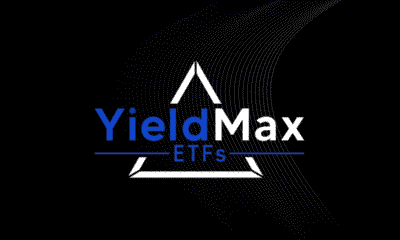
 Nyheter4 veckor sedan
Nyheter4 veckor sedan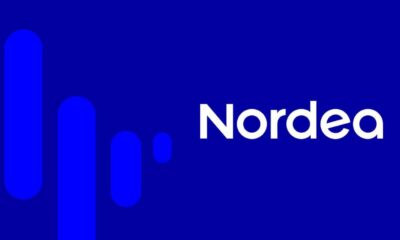
 Nyheter3 veckor sedan
Nyheter3 veckor sedan
 Nyheter3 veckor sedan
Nyheter3 veckor sedan
 Nyheter4 veckor sedan
Nyheter4 veckor sedan
 Nyheter2 veckor sedan
Nyheter2 veckor sedan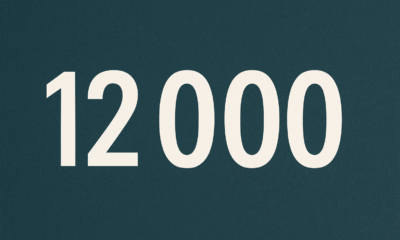
 Nyheter2 veckor sedan
Nyheter2 veckor sedan
 Nyheter2 veckor sedan
Nyheter2 veckor sedan
